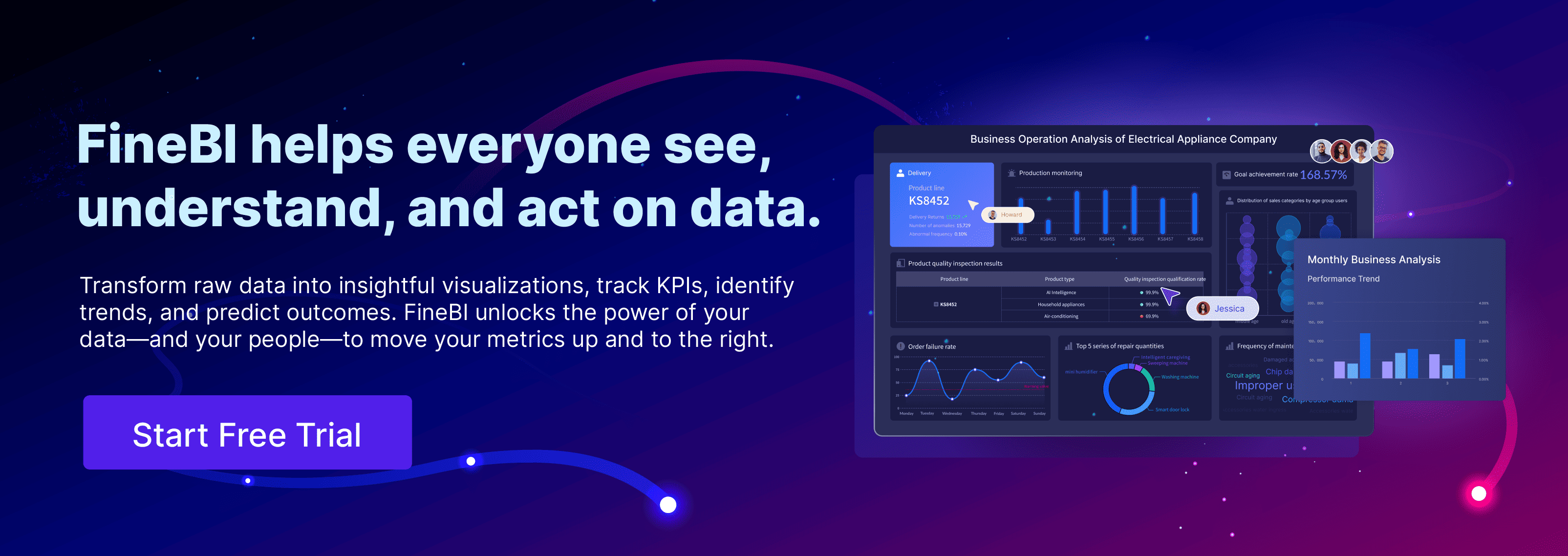A head of business intelligence leads the transformation of raw data into actionable insights, shaping business intelligence strategy and driving competitive advantage. In today’s enterprises, business intelligence leadership has evolved into a strategic function, integrating advanced analytics, AI, and machine learning. Although only about 20% of organizations have adopted formal BI leadership roles, those that do see increased collaboration, improved data governance, and greater impact on financial performance. FanRuan’s FineBI and FineChatBI exemplify this shift, enabling organizations to foster a data-driven culture and leverage business intelligence for real-time decision-making.
Every demo in this article was designed using FineBI. Ready to unlock smarter insights? Click below to start your free FineBI trial and see what’s possible!
Head of Business Intelligence Role
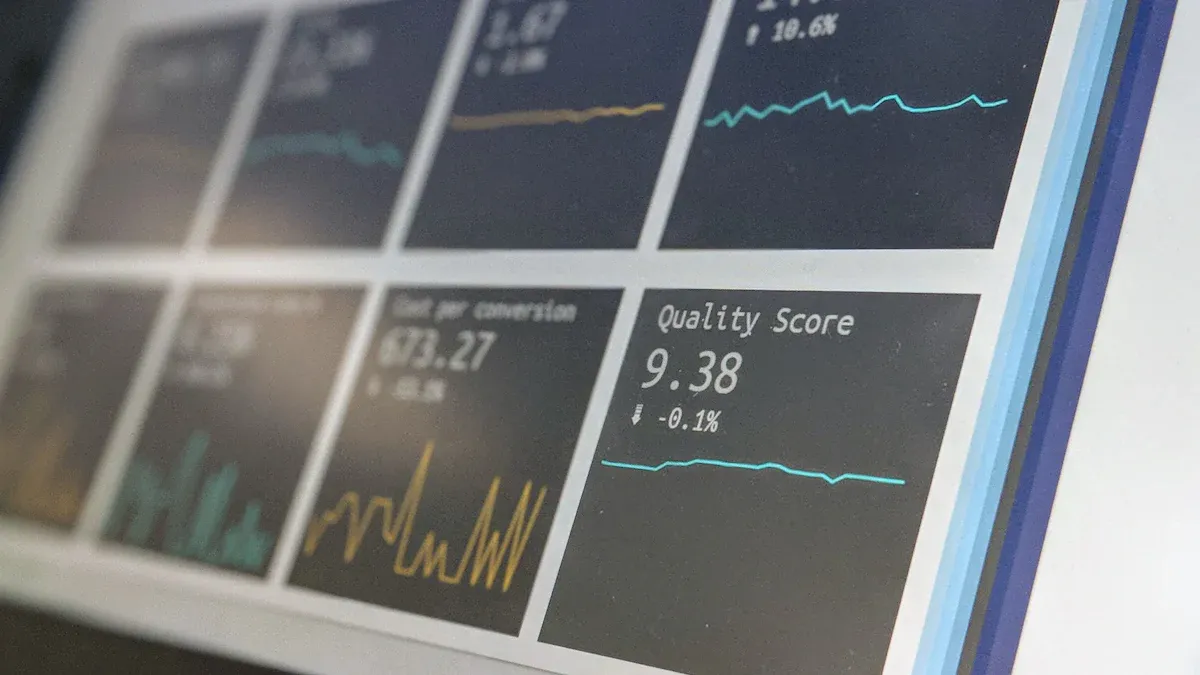
The head of business intelligence plays a pivotal role in shaping how organizations use data to achieve their goals. This leader defines the business intelligence function, sets the direction for analytics, and ensures that data becomes a strategic asset. Companies that use FanRuan’s solutions, such as FineBI and FineChatBI, often see their BI leaders focus on operational efficiency, communication, and integration across large-scale operations. The head of business intelligence bridges the gap between business and IT, driving data-driven decision making and fostering a culture where insights guide every major move.
Key Responsibilities
The job responsibilities of a head of business intelligence extend far beyond managing reports or dashboards. This leader crafts a bi strategy and roadmap that aligns with organizational objectives and adapts to changing business needs. The following list outlines the core job responsibilities found in large organizations:
- Develop and implement a bi strategy and roadmap that supports business goals.
- Create and oversee data governance policies to ensure data quality and compliance.
- Lead, mentor, and structure BI teams, including analysts and data scientists.
- Foster a data-driven culture by engaging stakeholders and promoting adoption of BI tools.
- Select, deploy, and manage BI platforms such as FineBI and FineChatBI.
- Oversee data warehouse architecture and ensure secure, compliant data management.
- Define and track KPIs and metrics to measure business performance.
- Align BI initiatives with evolving business requirements and manage the BI project pipeline.
- Partner with business stakeholders to understand their data needs and act as an advocate for BI.
- Attract and retain top BI talent, ensuring the team remains innovative and effective.
Heads of business intelligence in organizations using FanRuan solutions often emphasize process efficiency and communication management, especially in large enterprises and government settings. This focus contrasts with BI leaders in other industries, who may prioritize marketing analytics or customer engagement.
| Aspect | FanRuan FineReport | Grow BI Platform |
|---|---|---|
| Target Market | Large enterprises, mainly government administration | Diverse industries, including marketing and advertising |
| Core Strengths | Funnel analysis, communication management, operational efficiency | Marketing analytics, customer engagement, competitive intelligence |
| BI Head Role Priorities | Emphasizing process efficiency, communication, and operational integration | Prioritizing customer insights, sales growth, and marketing ROI |
Strategic Leadership
Strategic leadership defines the impact of the head of business intelligence. This leader does not simply manage projects; they inspire teams, align business and IT strategies, and drive organizational transformation. Research shows that transformational leadership by BI heads significantly improves job performance and fosters trust within teams. Emotional intelligence plays a key role, supporting effective leadership and building organizational commitment.
The head of business intelligence uses strategic leadership to:
- Build trust and commitment within BI teams, leading to higher job performance.
- Set clear goals and ensure alignment between business and IT strategies.
- Promote a culture of data-driven decision making, where insights guide business actions.
- Encourage collaboration across departments, breaking down silos and increasing transparency.
- Measure the success of BI initiatives and document their return on investment.
For example, at Wachovia Bank, the head of business intelligence led a data governance program that involved hundreds of employees from different departments. This initiative broke down data silos, increased transparency, and formalized cross-organizational projects. Similar results appear in organizations like Lufthansa Group and Providence St. Joseph Health, where unified analytics platforms and accessible dashboards have improved efficiency, decision-making flexibility, and quality of care.
Tip: The head of business intelligence often uses data visualization and real-time analytics tools, such as FineBI, to bridge understanding between business and IT teams. This approach ensures that everyone—from executives to analysts—can access reliable, unified data for better decisions.
The head of business intelligence stands at the intersection of technology and business strategy. By leading with vision and fostering collaboration, this leader ensures that the business intelligence function delivers measurable value and supports long-term growth.
Skills and Qualifications of Head of Business Intelligence
Technical Expertise
The head of business intelligence must possess a broad set of required skills and qualifications. Technical expertise forms the foundation for success in this role. Business intelligence managers and directors rely on advanced knowledge of BI tools, data science, and data analysis platforms. Experience with solutions like FineBI and FineChatBI is essential for creating and maintaining dashboards and supporting complex data analysis.

The following table highlights the technical skill categories most frequently required for business intelligence managers, directors, and senior business intelligence analysts:
| Technical Skill Category | Examples and Use Cases |
|---|---|
| BI Tools | FineBI, Power BI, Tableau, QlikView for dashboards and reports |
| Data Querying | SQL for querying databases such as MySQL, PostgreSQL |
| Programming Languages | Python, R for automation, statistical analysis, predictive modeling |
| Cloud Platforms | AWS, Azure, Google Cloud for scalable data storage and collaboration |
| Data Warehousing Solutions | Snowflake, Redshift, BigQuery for consolidating data from multiple sources |
Business intelligence managers and directors also need strong data management skills, including ETL processes, data modeling, and data preparation. Most heads of business intelligence hold degrees in business administration, finance, economics, information technology, or data science. The Certified Business Intelligence Leader (CBIL™) certification is a common credential, demonstrating expertise in BI project management, analytics, and reporting.
Note: Interdisciplinary skills and practical experience in data science, data analysis, and business intelligence are highly valued for senior business intelligence analyst roles.
Leadership Abilities
Leadership abilities distinguish successful heads of business intelligence from their peers. Business intelligence managers and directors must bridge the gap between business and IT, acting as "purple people" who combine technical expertise with business acumen. The following qualities are essential for business intelligence managers, directors, and senior business intelligence analysts:

- Visionary leadership and the ability to communicate a compelling vision.
- Collaboration and team-building skills that foster cross-functional cooperation.
- Adaptability and flexibility to stay current with BI trends and evolving data science practices.
- Problem-solving skills for tackling complex challenges in business intelligence.
- Strong analytical background and industry expertise to guide data analytics managers and teams.
Business intelligence managers and directors establish governance structures, manage political tensions, and prioritize hiring individuals with both business and technical competency. Constant communication and alignment across the organization are critical for BI success.
Business Intelligence Manager vs Director
Business intelligence managers and directors share many required skills and qualifications, but their roles differ in scope and authority. The table below compares these positions:
| Aspect | Business Intelligence Manager | Director of Business Intelligence |
|---|---|---|
| Scope of Responsibility | Tactical execution of BI projects; team management; project-level deliverables | Strategic development and implementation of overall BI strategy; department-wide alignment |
| Decision-Making Authority | Project-level decisions such as resource allocation within teams | Department-wide decisions including budget approval and technology investments |
| Stakeholder Interaction | Internal teams and mid-level management | C-suite executives, board members, and external partners |
| Organizational Impact | Direct impact on team productivity and project success | Influences company-wide data strategy and competitive advantage |
Business intelligence managers focus on project delivery and team management. Directors of business intelligence oversee strategic alignment, budget decisions, and technology investments. Senior business intelligence analysts support both roles by providing data science expertise and complex data analysis.
Head of Business Intelligence's Impact on Business Strategy
Data-Driven Decisions
The head of business intelligence shapes business strategy by embedding data-driven decision making into every aspect of operations. This leader aligns bi initiatives with organizational goals, ensuring that data science and analytics support clear objectives such as reducing costs and accelerating time to market. Senior business intelligence analysts play a crucial role in translating complex data into actionable business insights, enabling executives to make informed decisions quickly.
Business intelligence leaders drive measurable outcomes by focusing on key metrics. These include time-to-value, cost savings, revenue impact, and predictive accuracy. They prioritize high-impact AI use cases, evaluating feasibility and return on investment. By coordinating cross-functional teams and securing stakeholder buy-in, the head of business intelligence ensures that bi projects deliver tangible business value.
Heads of business intelligence overcome data silos and operational friction, improving productivity and efficiency across departments. Their leadership results in improved service desk efficiency, reduced support costs, faster issue resolution, and increased employee productivity. Automation under bi leadership leads to significant cost savings and continuous operational excellence.
Business intelligence managers and directors use bi tools to streamline data integration and processing. This improves clarity and business performance. Enhanced data flow and accessibility allow stakeholders to base decisions on accurate, current information. Timely insights from bi systems enable executives to adjust strategies promptly, ensuring that data-driven decision making remains at the core of business operations.
Senior business intelligence analysts analyze large volumes of raw data to identify trends and patterns. They use visualization and modeling techniques to create reports and dashboards that facilitate swift comprehension of complex data. These insights empower executives to optimize strategies, improve operations, and respond quickly to market changes.
Using FineBI for Analytics
FineBI transforms the way organizations approach data analysis and business intelligence. Its self-service, drag-and-drop interface empowers business users and senior business intelligence analysts to explore data independently, reducing reliance on IT departments. This democratization of bi accelerates data-driven decision making and supports handling large data volumes with interactive dashboards.

FineBI supports real-time data analysis, allowing users to identify trends and patterns as they emerge. Business intelligence managers and directors leverage FineBI’s flexible visualization and dashboard customization features to respond quickly to business changes. The platform’s ability to process large datasets efficiently enables senior business intelligence analysts to generate insights rapidly, driving better business performance.
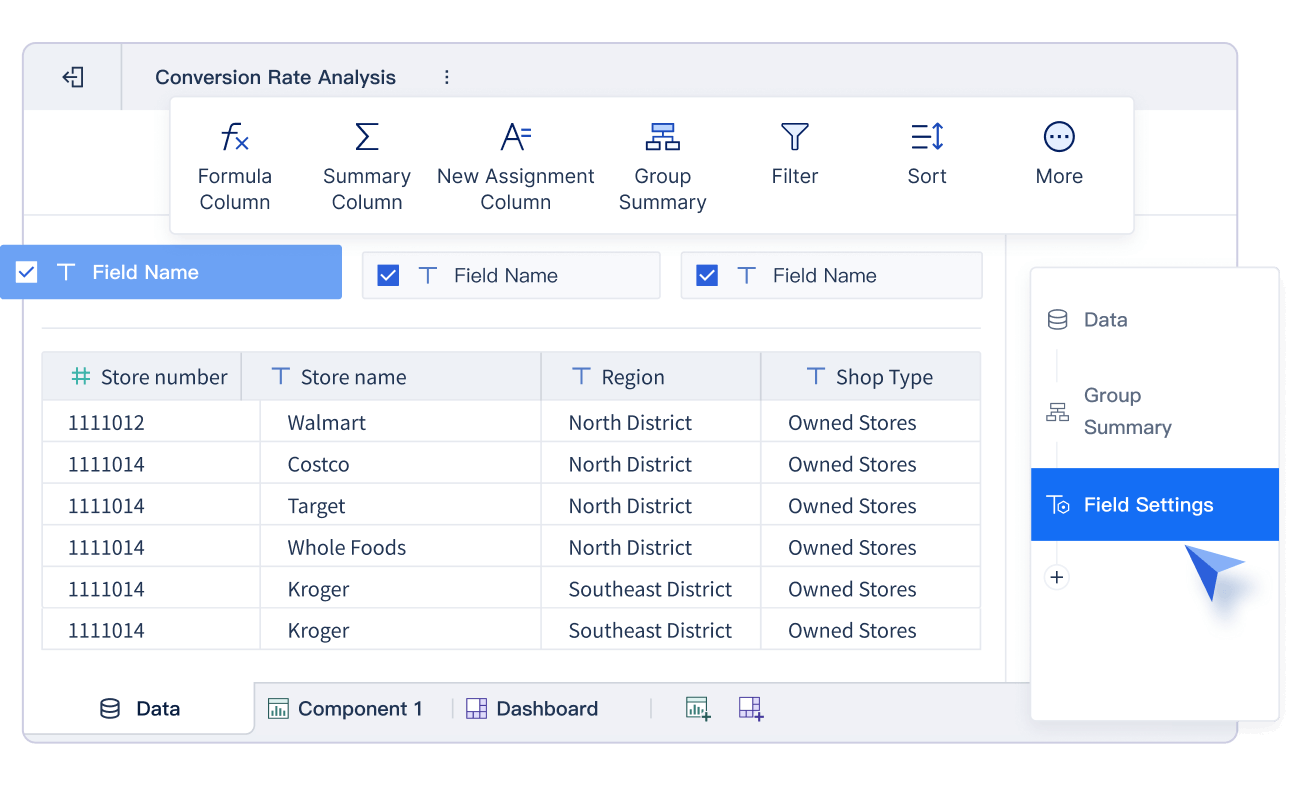
Tip: FineBI’s real-time analytics and self-service capabilities help organizations maintain agility. Business users can create reports and visualizations dynamically, facilitating timely and informed decisions without waiting for IT support.
Business intelligence teams benefit from FineBI’s visual ETL and data modeling tools. These features enable seamless integration of data from multiple sources, ensuring that data science initiatives align with strategic business goals. Senior business intelligence analysts use FineBI to present complex data in a clear, actionable format, supporting executive decision-making and fostering a culture of data-driven decision making.
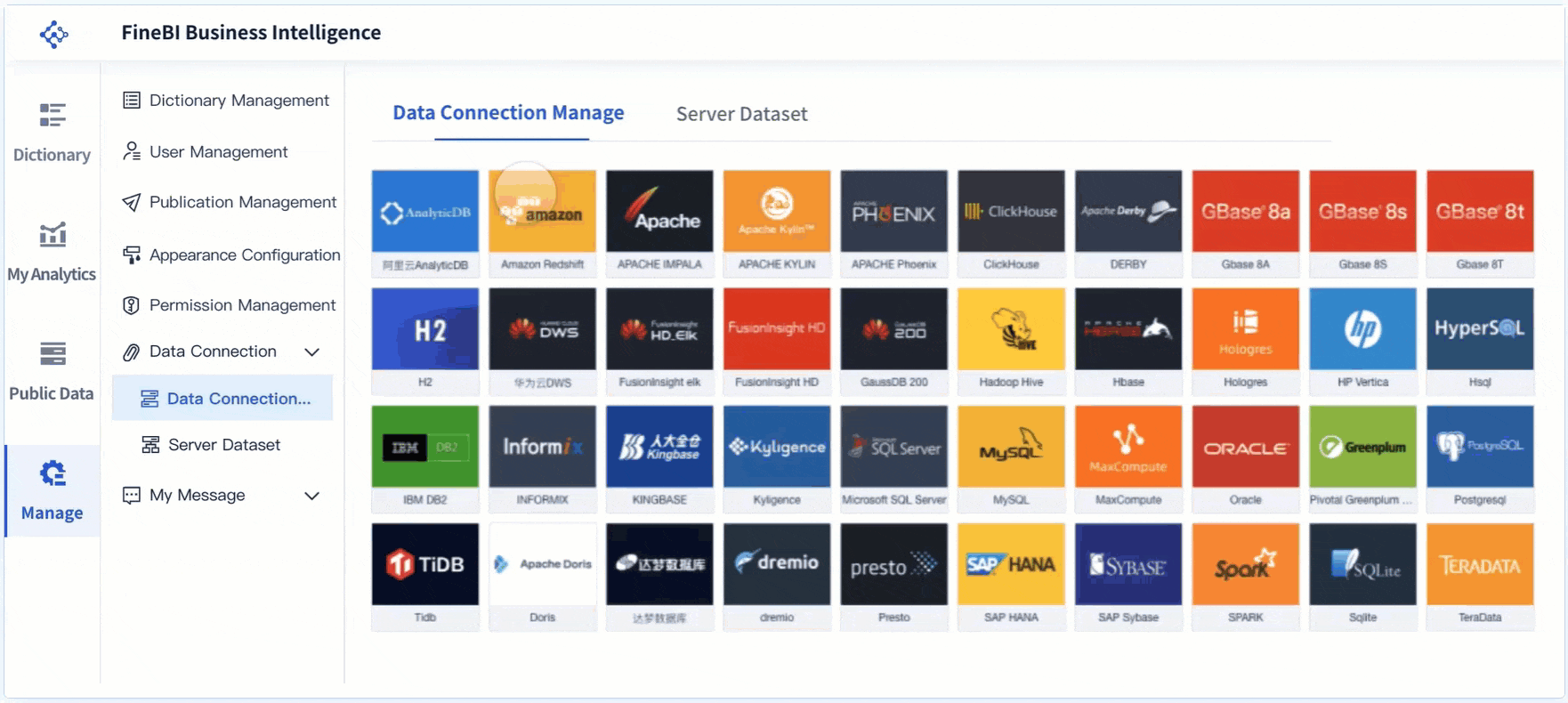
FineBI’s collaborative features enhance cross-departmental communication. Teams share dashboards and insights, promoting transparency and alignment. The head of business intelligence ensures that bi tools like FineBI empower the workforce, deliver continuous operational excellence, and support ongoing optimization of business strategy.
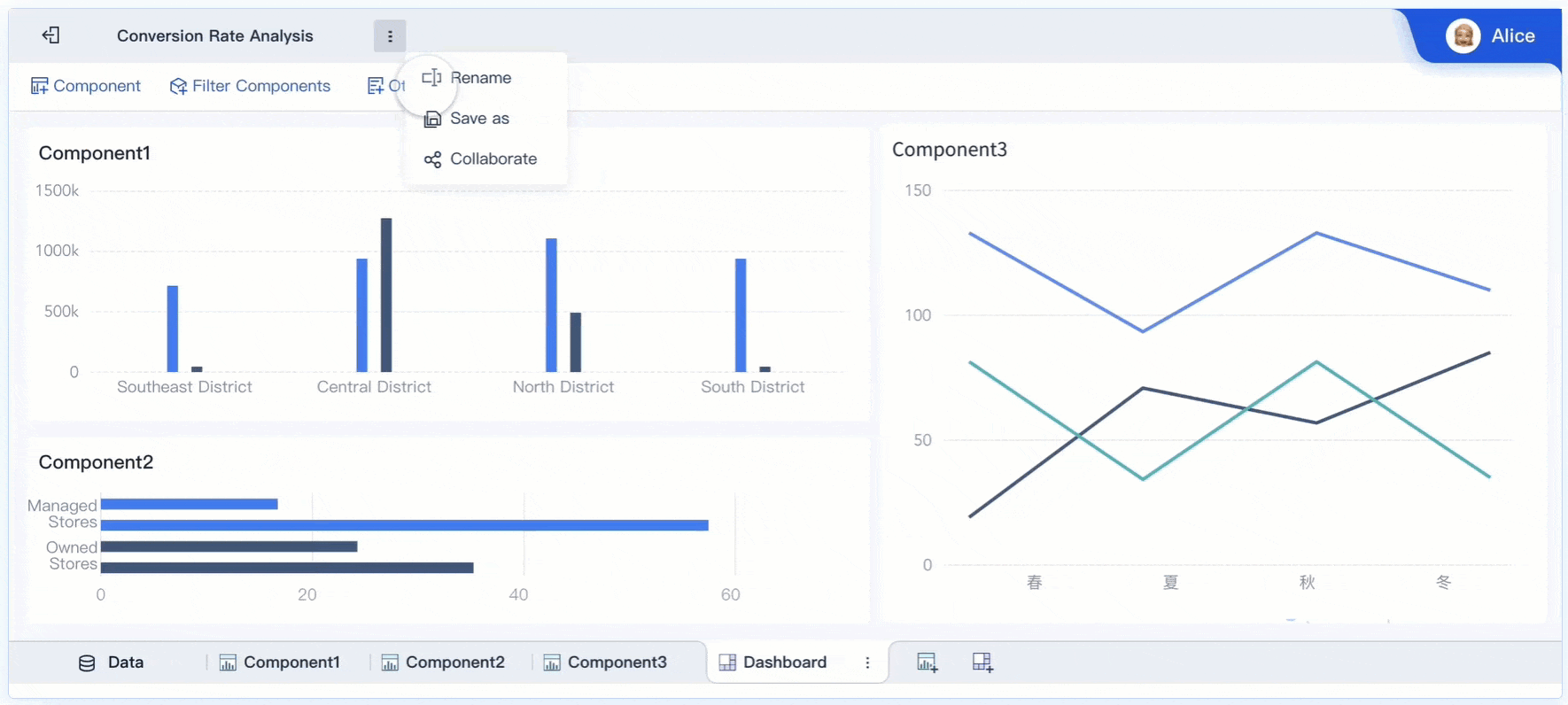
Business intelligence leaders stay updated on emerging technologies such as AI and machine learning. They integrate these advancements into bi platforms to enhance predictive and prescriptive analytics. Senior business intelligence analysts use these tools to provide actionable recommendations, enabling organizations to adapt quickly to market changes and maintain a competitive edge.
Challenges for Head of Business Intelligence
Data Integration Issues
Business intelligence managers face significant challenges when integrating data from multiple sources. Organizations often manage disconnected systems, databases, and applications with inconsistent formats. This complexity can slow down bi projects and create data silos that hinder collaboration. Business intelligence managers must address issues such as poor data quality, large data volumes, and delays in data delivery. Security and compliance concerns also require careful attention, especially when handling sensitive information across regions.
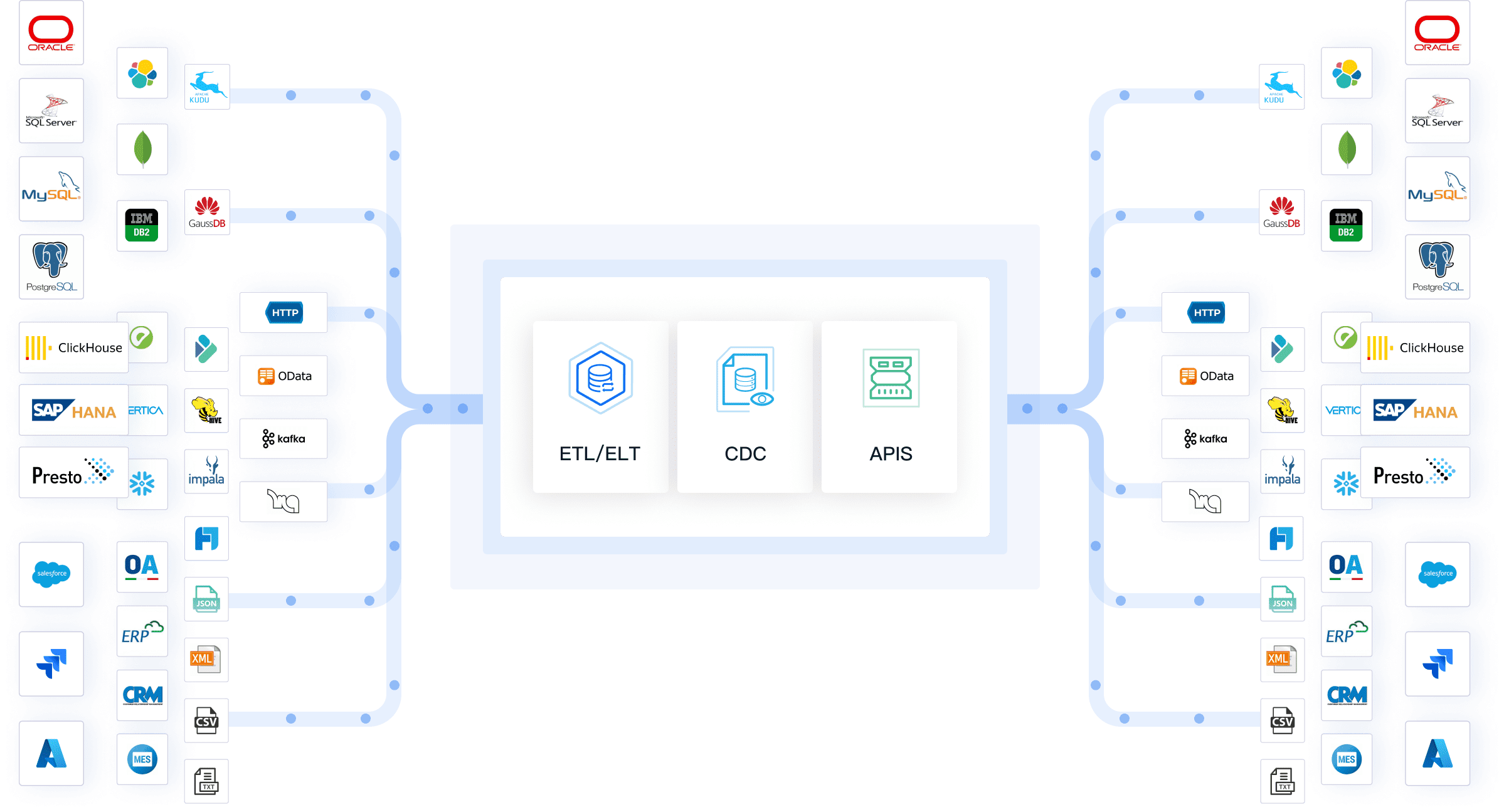
| Data Integration Challenge | Description | Solution Summary |
|---|---|---|
| Multiple Data Sources | Diverse systems and formats complicate integration. | Select integration tools tailored to data type and flow. |
| Data Silos | Isolated data reduces efficiency. | Centralize data with governance and access policies. |
| Poor Data Quality | Inaccurate data leads to misleading analytics. | Cleanse and optimize data before integration. |
| Large Data Volumes | High volumes strain resources. | Use scalable cloud platforms for management. |
| Different Data Formats | Various formats complicate consolidation. | Employ flexible platforms supporting multiple types. |
| Delays in Data Delivery | Latency affects timely decisions. | Use real-time integration tools. |
| Data Security Concerns | Privacy and compliance are critical. | Implement robust security and compliance frameworks. |
Business intelligence managers rely on solutions like FineBI and FineChatBI to overcome these obstacles. FineBI connects to big data platforms, SQL sources, and Excel files, enabling unified analysis. Its data modeling and self-service features help business intelligence managers and senior business intelligence analysts process and share data efficiently. FineDataLink further supports integration by synchronizing data from relational databases, APIs, and cloud storage, ensuring consistency and real-time updates. FineChatBI allows users to interact with integrated data using natural language, making bi accessible to all team members.
Tip: Business intelligence managers should prioritize platforms that automate data synchronization and transformation, ensuring analysis-ready data for reliable bi reporting.
Managing Teams
Business intelligence managers must manage and lead bi team members across departments. Effective team management requires clear task assignment, workflow organization, and progress tracking. Business intelligence managers foster teamwork and creativity by building trust and encouraging open communication. They avoid micromanagement, empowering senior business intelligence analysts and other team members to focus on their expertise.
Business intelligence managers promote cross-department collaboration by reframing silos as centers of expertise and aligning goals through shared KPIs. Leadership-driven changes, such as flexible team structures, help break down traditional barriers. Business intelligence managers embrace data transparency, providing all departments with access to real-time bi dashboards. Technology platforms support seamless communication and collaboration.
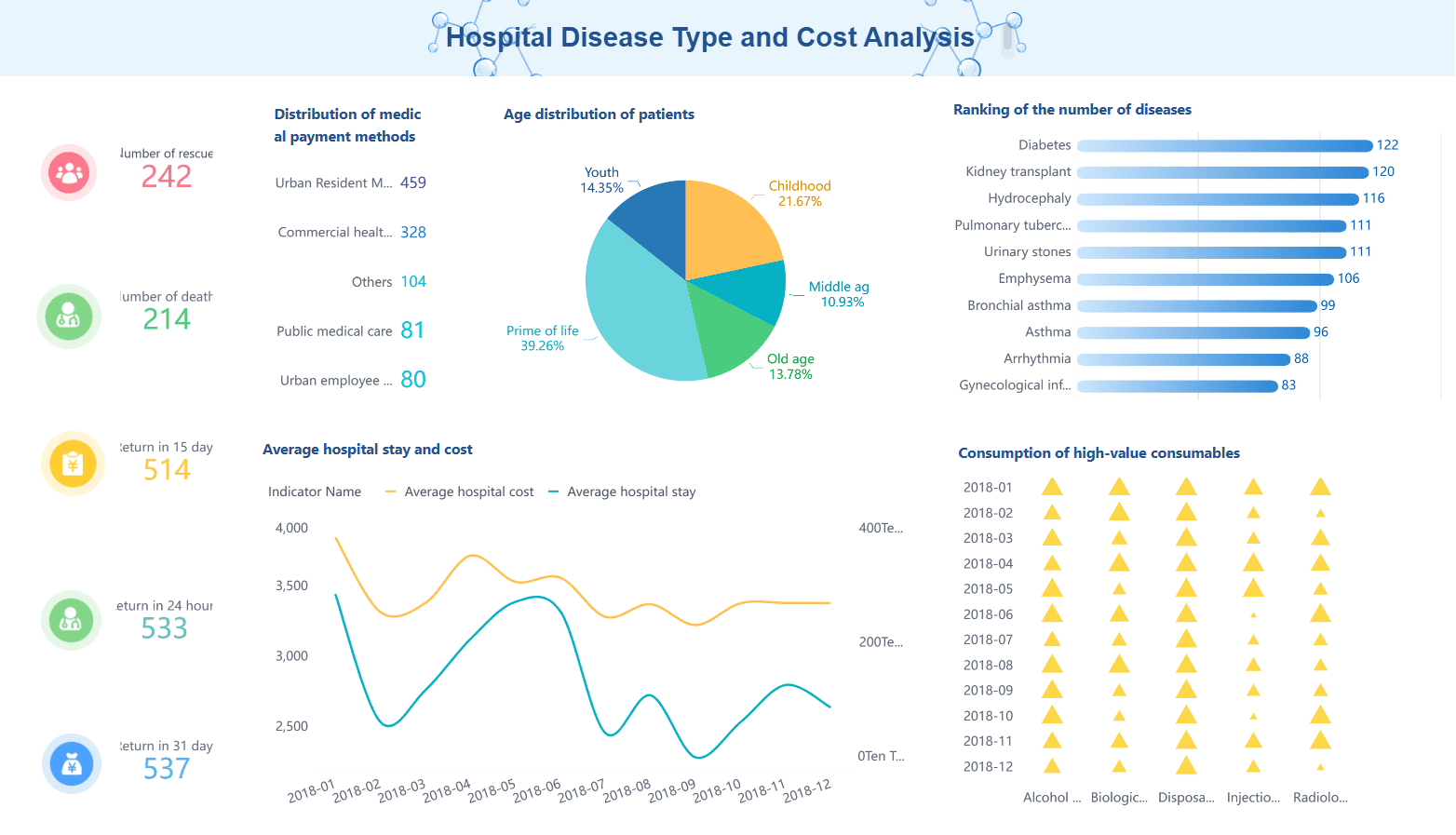
Business intelligence managers build a positive work environment by recognizing progress and rewarding collaboration. They invest in training and cross-functional projects, helping senior business intelligence analysts and the business intelligence team develop broader business understanding. This approach increases engagement, productivity, and job satisfaction.
Note: Collaborative bi leads to better decision quality, faster innovation, and improved agility. Business intelligence managers should leverage self-service analytics and real-time collaboration features to maximize team performance.
Collaboration with Executives

Director of Business Intelligence Interactions
Business intelligence managers play a crucial role when they collaborate with c-level executives. They ensure that bi strategies align with organizational goals and support executive decision-making. These managers engage executives early in the planning of executive dashboards. They ask targeted questions about decision-making needs, critical metrics, and preferred data formats. This approach helps create dashboards that are both useful and easy to understand.
Business intelligence managers maintain strategic alignment by reflecting company goals in dashboard content. They provide clear performance overviews, trend analysis, and drill-down capabilities. They also build strong technical infrastructures that aggregate data from multiple sources, ensuring accuracy and security. FanRuan’s collaborative BI tools, such as FineReport, support structured communication and secure sharing. These tools help business intelligence managers send reports, publish updates, and manage workflows efficiently. The focus on operational efficiency and structured processes makes these tools ideal for large enterprises and government organizations.
Regular interdepartmental meetings and collaboration platforms allow executives to share updates, understand challenges, and build cross-functional insights. Business intelligence managers use these opportunities to keep everyone informed and engaged.
Stakeholder Engagement
Business intelligence managers recognize the importance of engaging all stakeholders in bi initiatives. They start by identifying key stakeholders, including executives, data engineers, business analysts, and end users. They seek to understand each stakeholder’s motivations and roles. Prioritizing stakeholders based on influence and interest helps managers focus their efforts where it matters most.
To foster engagement, business intelligence managers:
- Use stakeholder mapping tools to visualize relationships and alignments.
- Establish regular communication channels and check-ins to address concerns.
- Involve stakeholders in planning and deployment phases to align bi initiatives with business needs.
- Maintain ongoing feedback loops to adapt to project changes.
- Empower stakeholders with access to data and reporting capabilities.
Early and consistent engagement builds trust and fosters ownership. Business intelligence managers who communicate clearly and adapt their strategies based on feedback see higher project success rates. They avoid late engagement and one-size-fits-all communication, which can lead to resistance and project delays.
Effective stakeholder engagement increases the likelihood of project success by up to 70%. Business intelligence managers who align bi initiatives with stakeholder needs deliver greater value and drive organizational growth.
The head of business intelligence drives organizational success by transforming data into strategic assets and fostering a culture of informed decision-making. Modern BI tools like FineBI and FineChatBI empower leaders to deliver real-time insights, automate processes, and enhance collaboration.
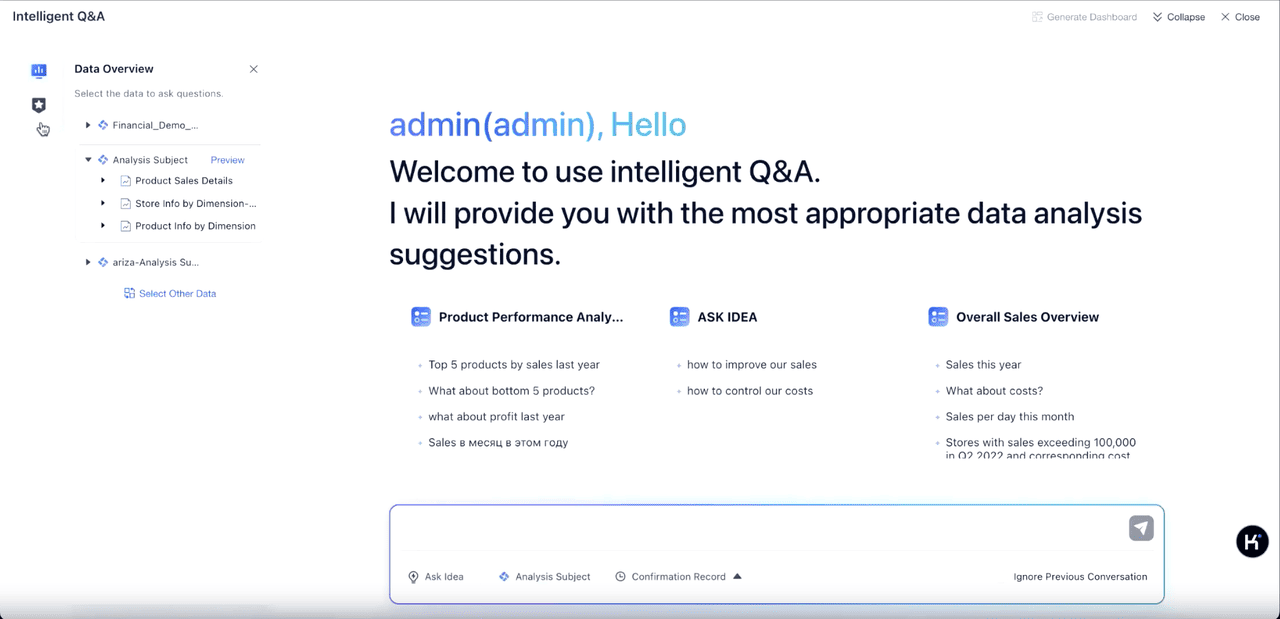
- Key trends shaping BI leadership include data storytelling, decision intelligence, and AI-driven analytics.
- Innovative solutions now focus on self-service analysis, predictive insights, and secure, scalable platforms.
Organizations that embrace these advancements position themselves for sustainable growth and measurable impact.
Continue Reading About Head of Business Intelligence
What Does a Business Intelligence Developer Do in 2025
What Does a Business Intelligence Engineer Do in 2025
Top Emerging Business Intelligence Trends Shaping 2025
What is MSc Business Intelligence and Who Should Consider It
Top Business Intelligence Tools to Explore in 2025
FAQ
What is the main responsibility of a head of business intelligence?
A head of business intelligence leads the BI strategy. This leader ensures data becomes a valuable asset. The role involves aligning analytics with business goals and driving data-driven decision-making across the organization.
How does FineBI support business intelligence leaders?
FineBI provides self-service analytics, real-time dashboards, and seamless data integration. Business intelligence leaders use FineBI to empower teams, improve data accessibility, and accelerate decision-making.
What skills are essential for a head of business intelligence?
Key skills include technical expertise in BI tools, strong leadership, and business acumen. The leader must also excel in communication, data governance, and strategic planning.
How does a head of business intelligence collaborate with executives?
This leader works closely with executives to align BI initiatives with company strategy. They present insights through dashboards, facilitate data-driven discussions, and ensure stakeholders have access to accurate information.
What challenges do heads of business intelligence face?
Common challenges include integrating data from multiple sources, managing cross-functional teams, and ensuring data quality. Leaders address these issues by using advanced BI tools and fostering a collaborative culture.

The Author
Lewis
Senior Data Analyst at FanRuan
Related Articles

Reviews of Data Intelligence Companies Leading the Industry
Compare top data intelligence companies and platforms, highlighting key features, integration, and business impact for informed decision-making.
Lewis
Nov 11, 2025

What Is Enterprise BI and Why Should You Care
Enterprise BI empowers organizations with real-time insights, scalable analytics, and unified data, driving smarter decisions and a competitive edge.
Lewis
Nov 09, 2025

Business Intelligence Engineer Amazon Salary Revealed
The average business intelligence engineer amazon salary in 2025 is $101,752, with total compensation reaching up to $224,000 based on level.
Lewis
Sep 09, 2025
